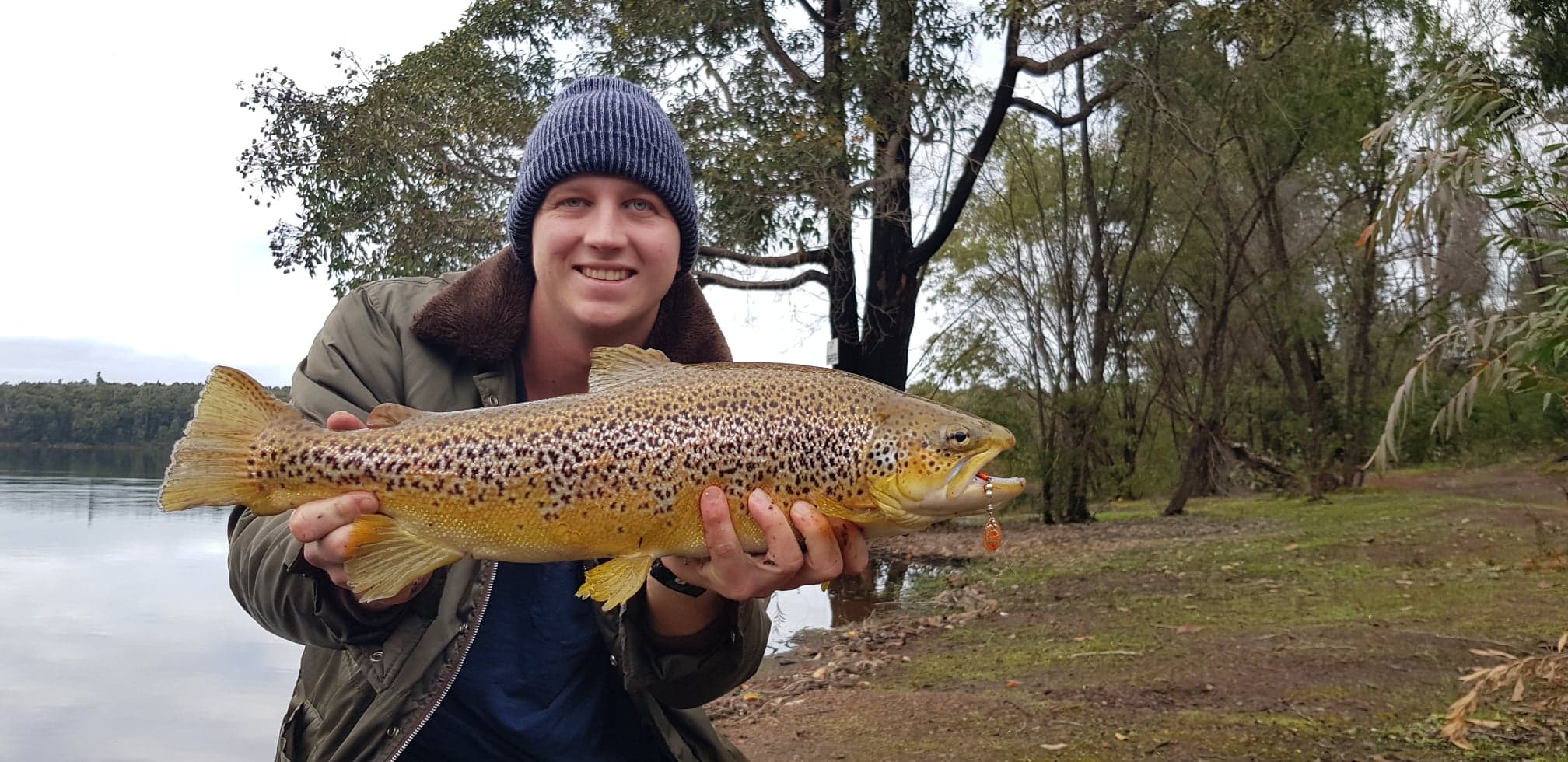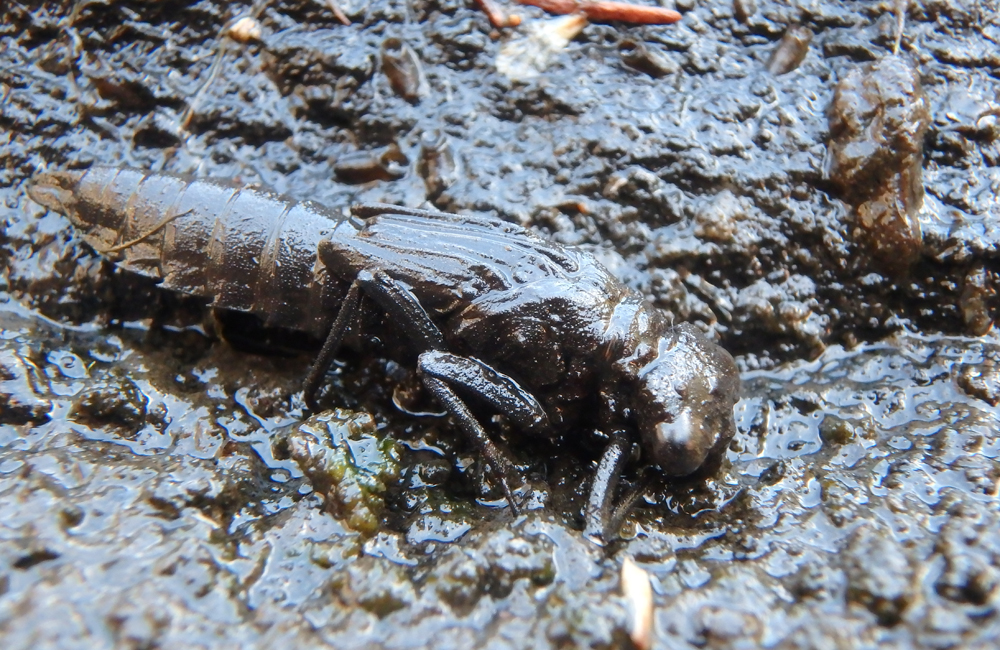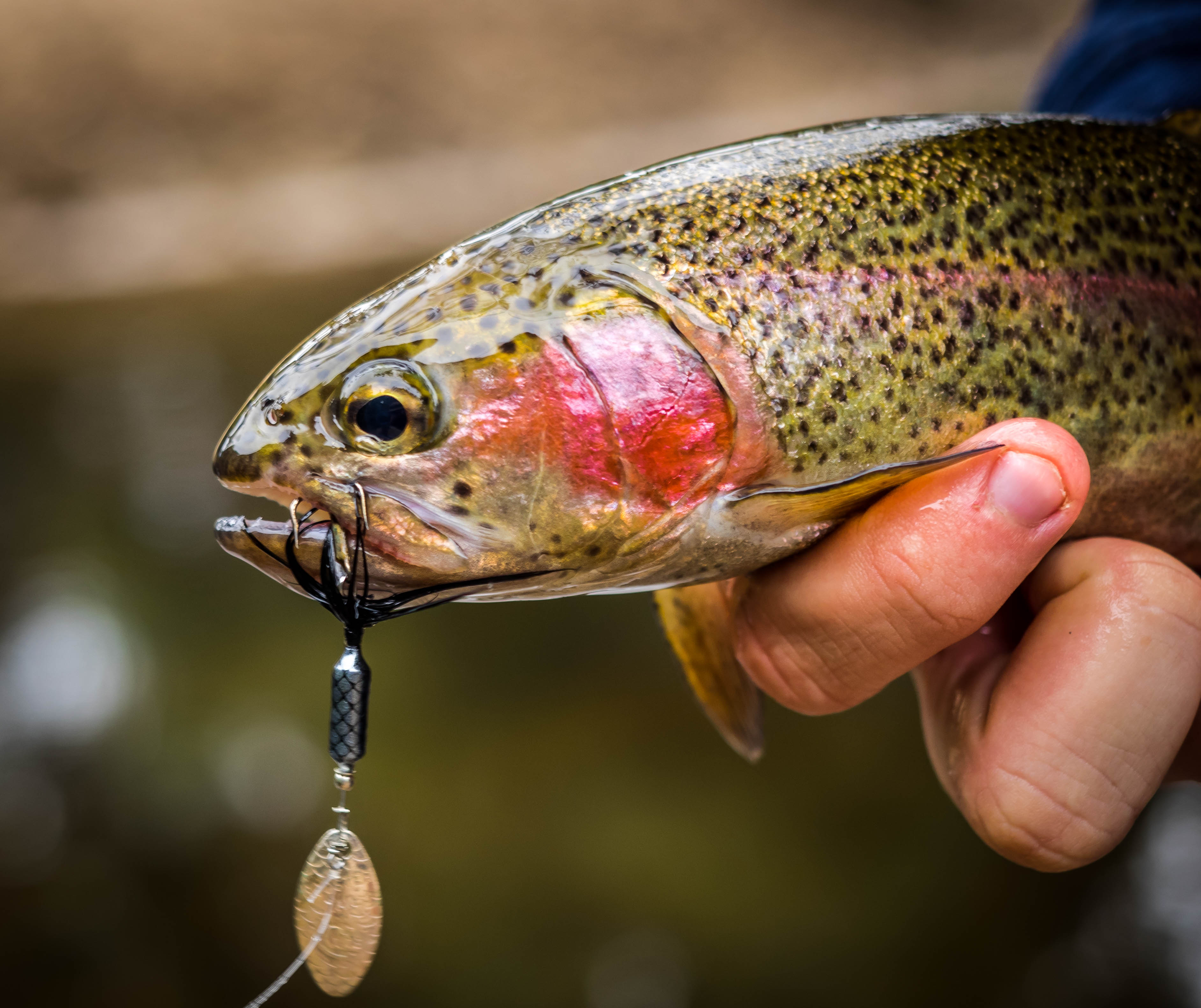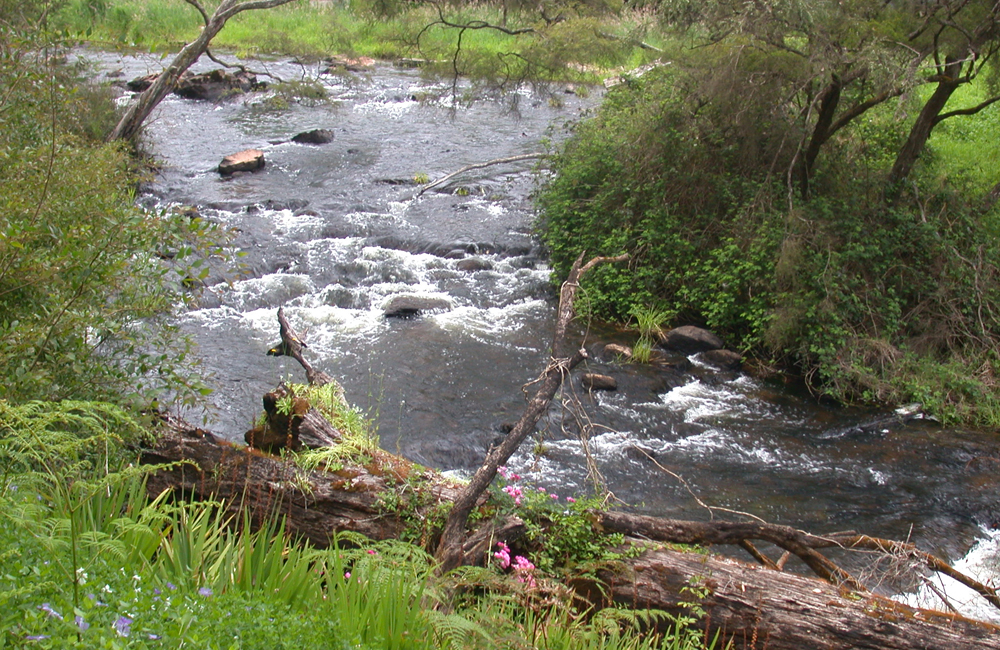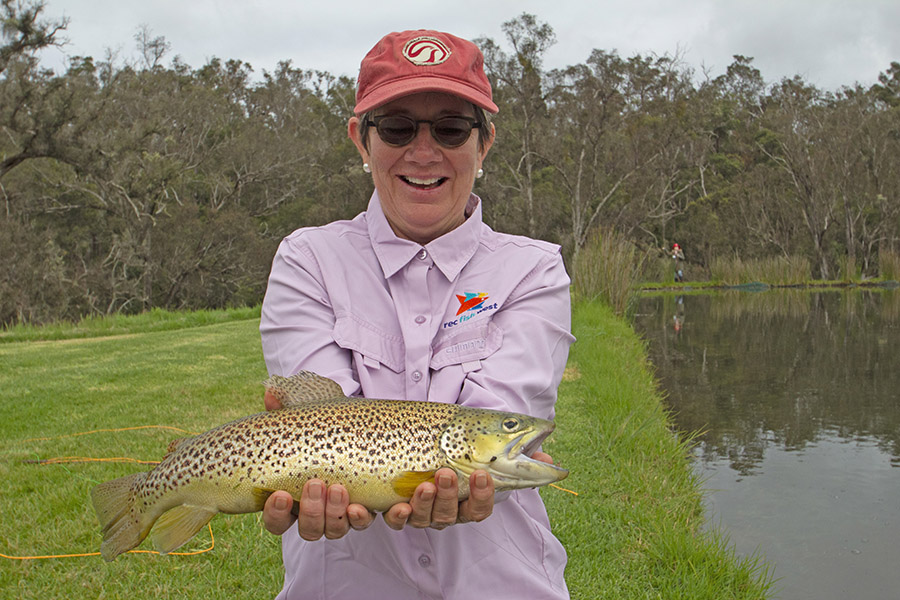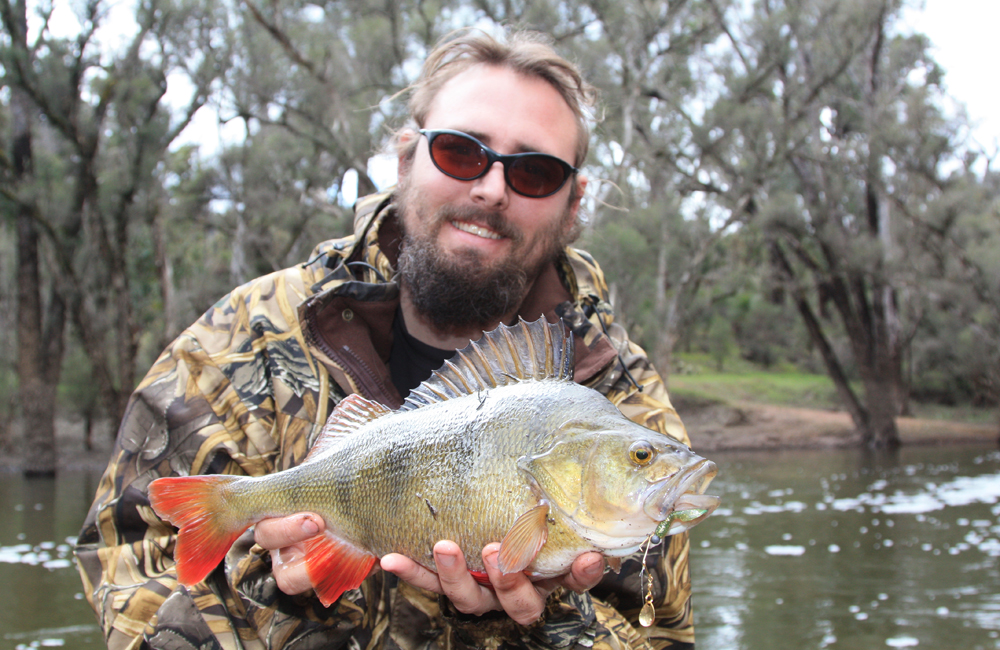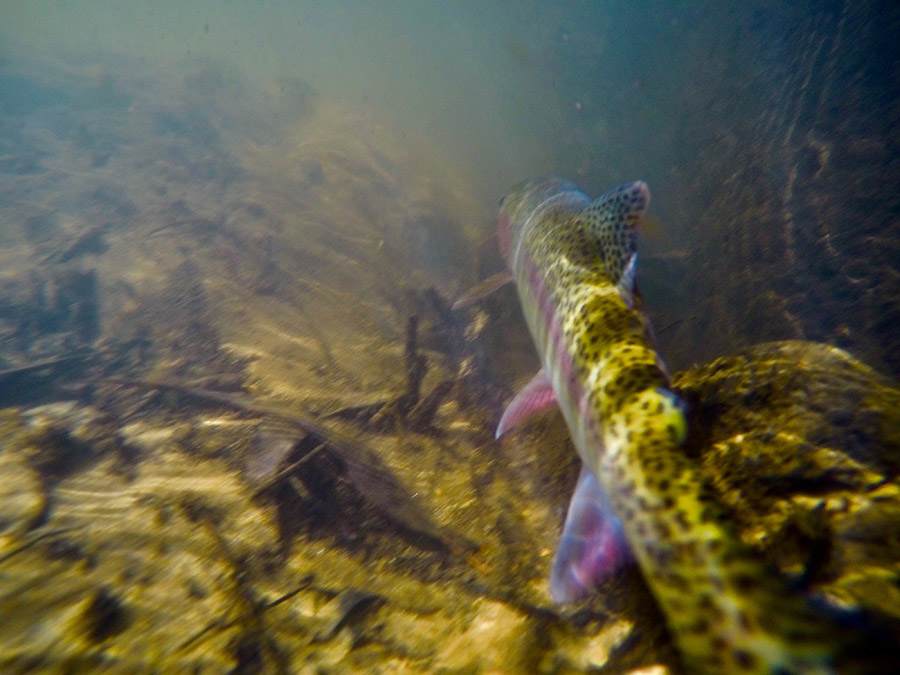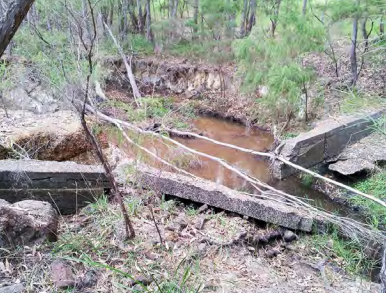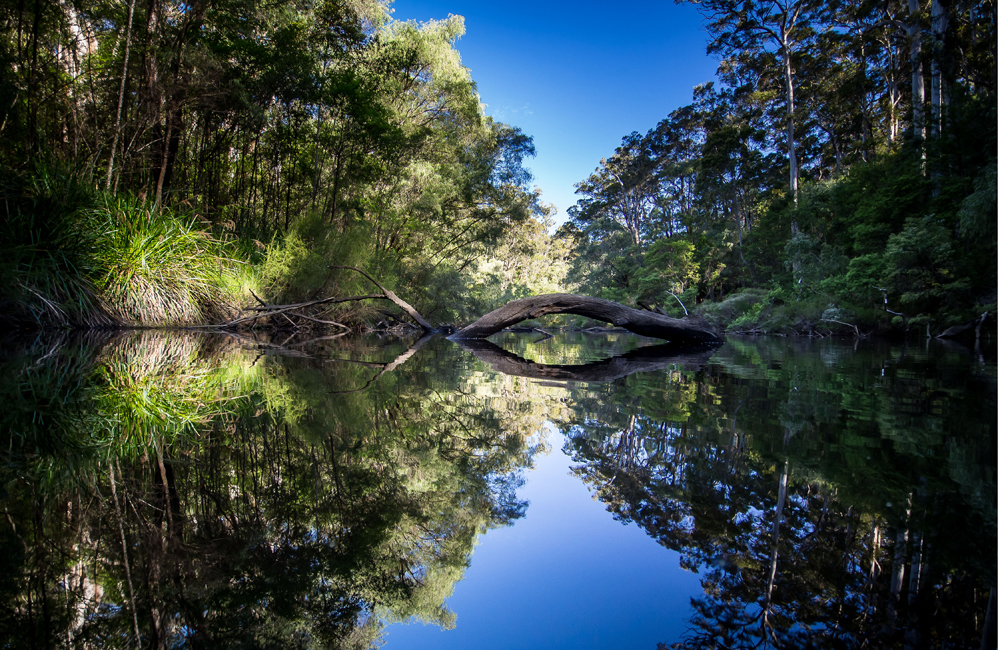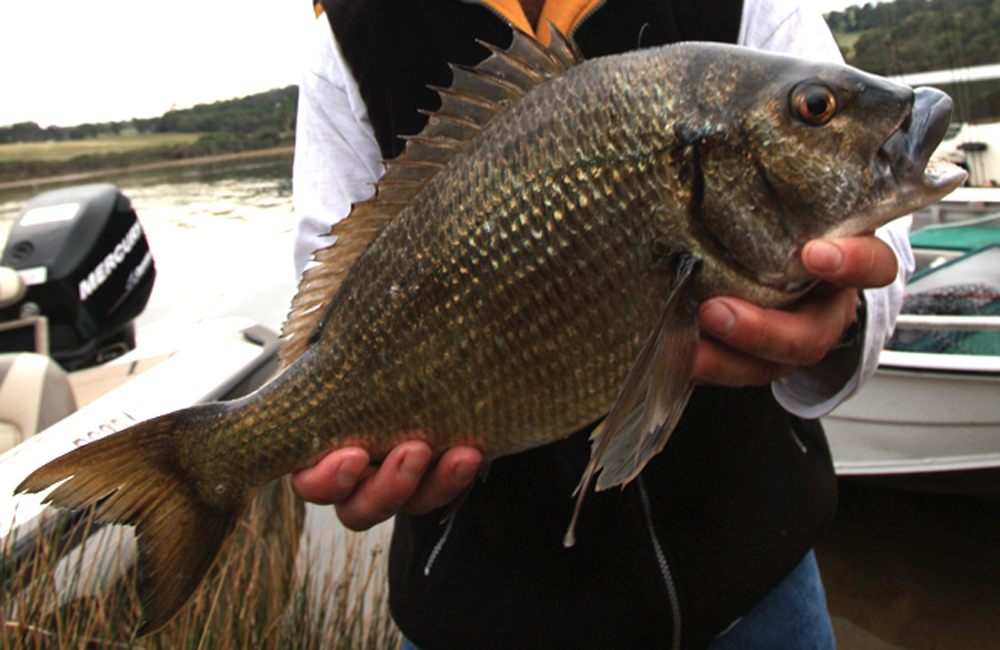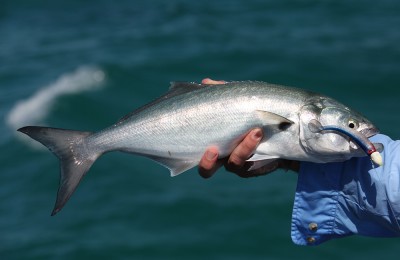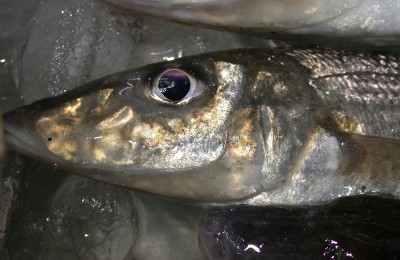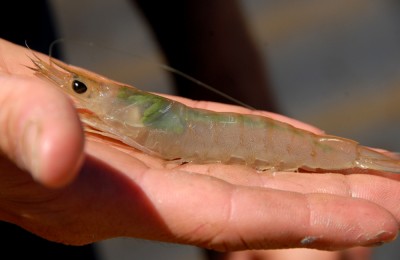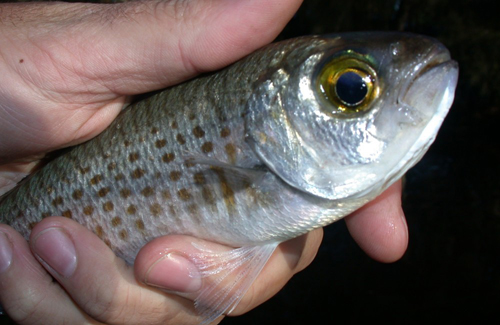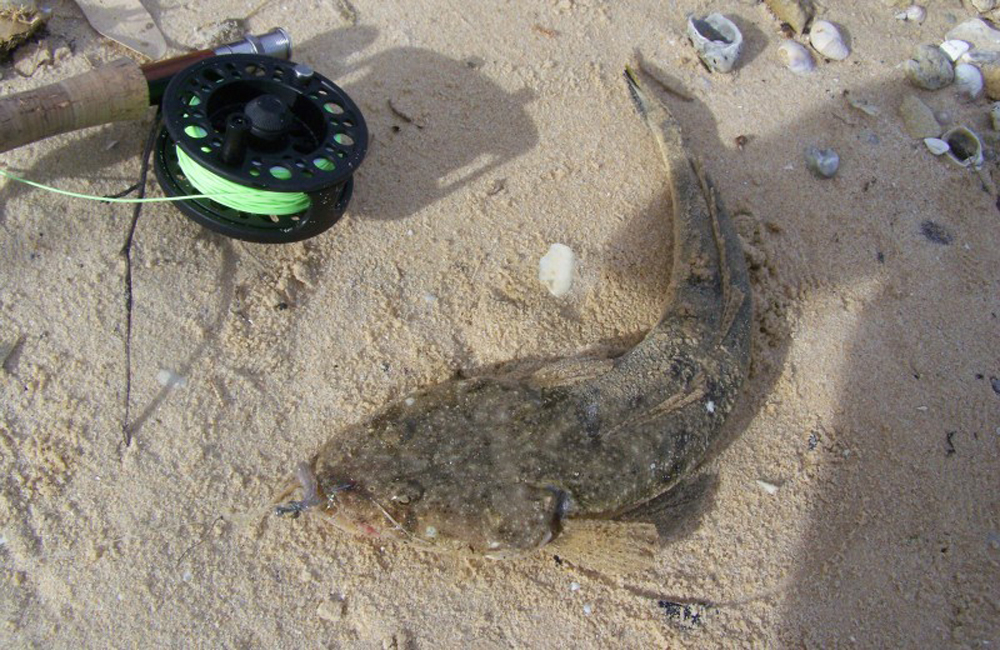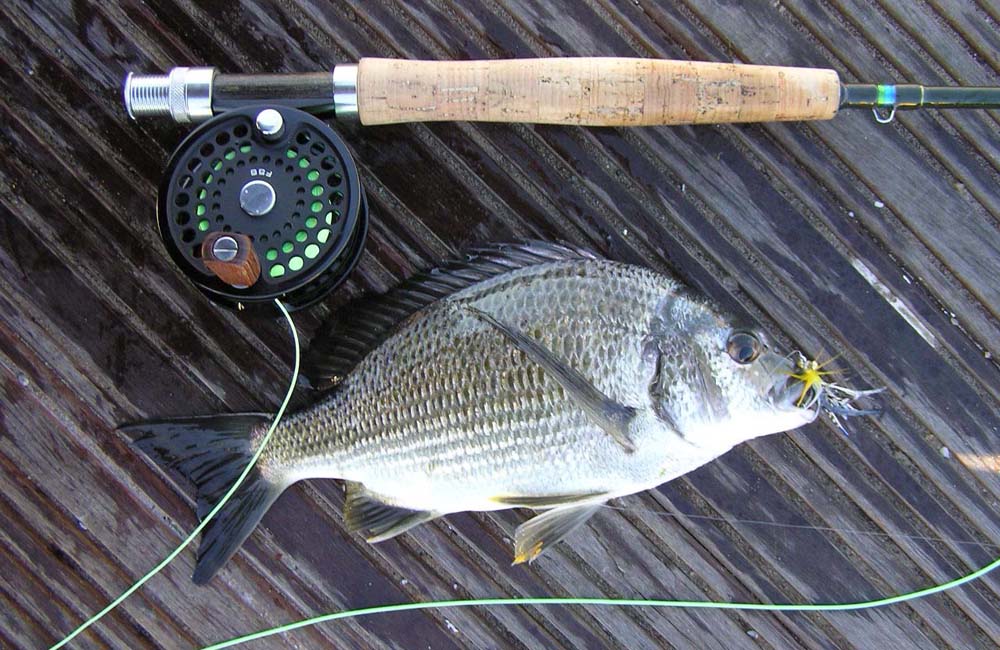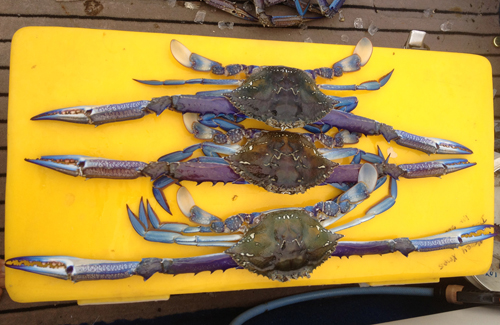So you want to catch a trout?
The first place to start is by getting a freshwater fishing licence. Once this is done you are able to hit some freshwater to start on your epic journey.
The next thing to consider is if you really want to go down this path! Trout are one species that can take over your life and have you thinking of nothing else. The places these fish can take you are nothing short of breathtaking and there is that certain something about catching fish in fresh water.
Each year, tens of thousands of trout are released into many dams and rivers throughout WA’s south west. These are all bred in captivity at the Pemberton Fish hatchery and either released as fry, yearlings or ex brood stock, and range from a couple of centimetres in size to a kilo plus sized fish. You can read about the trout stocking program here.
Catching trout can be a very hit and miss fishing trip, however it is not uncommon for people to strike fish on their first outing, which only enhances the addictive nature of trout fishing. Other anglers can go many times before they get their first encounter.
Rigs and Techniques
Trout can be caught on all manner of fishing techniques, including bait, lures, and fly. Probably the most popular is lure fishing, but we will cover more on lures a bit later.
Bait Fishing
When bait fishing for trout the safest bet is to use bait that is available in the area where you intend to fish, one of the most popular being worms suspended under a float and cast out onto a dam or river. You can also use insects, beetles or if you are prepared to look for them mudeyes, which are the water stage of a dragon fly. The key here is to use a light leader of 6 or 8 pound in a clear monofilament or fluorocarbon.
Change the depth of the bait by sliding the float up and down until you get a result. This method is particularly good for children as the float gives them something to watch, when the float goes under the waters surface, strike and see if you come up tight on your first trout.
Lure Fishing
Lure fishing is far more hands on and gives you the ability to cover a lot more water. The general consensus is to use lures that are natural colours, ie. green, brown, olive and yellow are very popular. Many use lures that actually mimic the look of the trout themselves and are proven catchers.
Lures in the size range of 2 to 5cm is usually all that is needed, the easiest lures are small floating hard bodies. Make short searching casts across and up current and wind fast enough that the lures swims with a wobble.
For streams and rivers, a smaller lure is generally better but for dams and lakes, a larger lure can often be used so that you can cast it further and cover more ground. Another favourite for lakes and dams are bladed spinners. These are made of metal and will allow for long casts. While they might look odd to many anglers, they are very effective when the right retrieve and or colour combination is found.
If fishing a dam or lake the best approach is to keep moving around the bank casting and retrieving. The theory is that eventually you will cover a fish with a cast and you will catch it. It also helps to concentrate your efforts on areas that may hold more fish than just open plain banks of dirt. Places worth putting in extra casts are, areas of rock, points or headlands, areas with lots of weed, places where rivers or streams flow into the waterbody as well as banks with deeper water close to shore and submerged river beds.
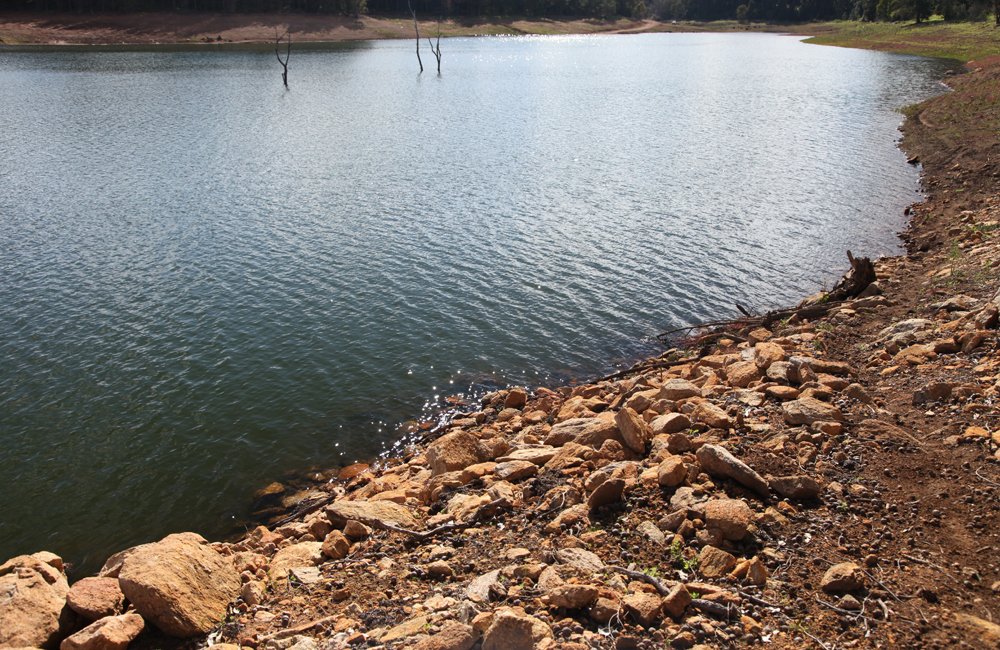
When fishing in dams, casting into features such as this rocky bank will help increase your chances.
If you fish hard bodied lures, it is also a good idea to vary the retrieve often, fast, slow twitchy, steady and so on. You can never vary your retrieve too much. Eventually you will find something that gets the trouts attention and gets results.
Soft plastics are pretty much the same deal, soft plastics fished on a lead head jig are very versatile as you will be able to fish, shallow, deep and everything in between, obviously in areas of heavy timber or rocks you might get a few snags, so keep an eye on what is happening in the water and vary your retrieve depth accordingly.
Fly Fishing
Fly fishing is the most challenging way to chase trout and can be very rewarding and extremely frustrating at times. More often than not many anglers who do well with lures will usually take up fly fishing at some stage. It is an accessory sport and having the right gear will make your life a whole lot easier. If you decide you want to give fly fishing a go, try and find someone that you know to go out with and give you a try and a few pointers before you get stuck into buying your own outfit.
It is very hard to give advice about fly fishing as it could take up ten articles in itself, but if you are keen and have the outfit, some good flies for WA waters are Woolly Buggers, Mrs Simpson, small bead head nymphs in olive or black and the Parsons Glory. The list of flies are endless and will all catch at varying times, however this short list is a pretty good place to start.
Stream fishing for trout is probably one of the most exciting forms of trout fishing. It does not take a big stream to hold fish, so if it looks fishy give it a go, you might just get the surprise of your life! After a bit of success you will soon start to find where the fish prefer to sit in the river’s flow; this is called the preferred lie. River bends, boulders and small areas of white water are likely spots, as the fish like to sit in areas where the water will flow past them without the trout having to do too much work to hold its position. Fish will shoot out from their lie to grab passing food only to return back to the exact same spot to wait for more food.
Rod choice
Streams with lures are usually best fished with short, light rods. The length is primarily to avoid getting your lure tangled in every tree or shrub close to the waters edge. It can get frustrating at times but when the effort pays off it is worth it.
Stealth
When stream or river fishing, it is wise to wear clothing that fits in with the environment and will not alert the fish to you being there. Likewise, not making too much noise is important as well. Probably of most importance when on smaller streams is to only ever fish from a downstream to upstream direction.
Some tips to remember when freshwater fishing:
- Many streams are overgrown and are difficult to gain access to, be sure not to damage vegetation or river banks while trying to gain access.
- Consider other users who have also gone fishing to get away from the masses. If someone is already fishing an area, consider going somewhere else, waiting for them to finish or at the very least ask if they would mind if you fished in the area.
- WA is home to many poisonous snakes, overgrown wet areas are notorious for Tiger Snakes.
- Razor grass and blackberries are prolific around some southwest waterways, make yourself familiar with what they both look like and be aware that they can both cause painful injuries.
- Take plenty of water with you if you intend to go for any sort of long walk.
- Wear protective clothing. A long sleeved top and long pants are both highly recommended along with a hat and sunscreen.
- Remember to let someone know where you are going and when you intend to be home.
Habitat and Distribution
Freshwater trout prefer cooler waters and are found in the freshwater streams, dams and rivers of Western Australia’s south-west. Rainbow trout prefer faster moving water and can be found as far north as Lake Leschenaultia east of Perth, while brown trout prefer the slower moving, deeper water in pools and lakes. Good places to try for trout include areas of rock, points or headlands, areas with lots of weed, places where rivers or streams flow into the waterbody, banks with deeper water close to shore and submerged river beds.
Many rivers in the southwest have trout and can be worth exploring. Some of the most popular trout waters in WA include Big Brook Dam, Blackwood River, Donnelly River, Glen Mervyn Dam, Logue Brook Dam, Murray River, Serpentine dam (between the pipe head and the Serpentine falls only) Warren River and Wellington Dam. These water bodies are also open to fishing all year round.
Other places that are also popular but not open all year include Waroona Dam, Harvey Dam and Drakesbrook Dam.
When stream or river fishing, it is wise to wear clothing that fits in with the environment and will not alert the fish to you being there. Likewise, not making too much noise is important as well. Probably of most importance when on smaller streams is to only ever fish from a downstream to upstream direction.
River, stream, dam or lake, trout fishing is a very special experience and is worth doing at least a couple of times. Even if you do not catch on the first or second trip do not give up and keep looking for that secret spot. The parts of the bush that you will get to experience makes it worthwhile and the catching of the trout will be secondary.
Please be mindful that fishing is prohibited in water catchment dams and the rivers that flow into them. Fisheries take the matter very seriously and enforce hefty fines for fishing these bodies of water. With all the fantastic legally fishable locations available in the State’s south west, it’s simply not worth the risk.
There are a number of fisheries rules that need to be adhered to while fishing for trout. You will be made aware of these rules when you get your licence but you can have a read of them here as well.
Freshwater Trout Restocking Locations
Trout stocking takes place every year to replenish popular freshwater fishing rivers and dams.
More information and a comprehensive list of restocking locations can be found in our Freshwater Stocking article.
Treen Brook Restoration
Significant repair work has been done on Treen Brook, near Pemberton, to enhance freshwater fishing at the popular location.
To find out more about the project, check out our Treen Brook Restoration article.
Where to Catch Freshwater Trout
Other names
Salmo trutta (scientific name for brown trout)
Oncorhynchus mykiss (scientific name for rainbow trout, formerly salmo gairdnerii)
Description
Brown trout and rainbow trout are the two freshwater species available in Western Australia’s south-west.
Brown trout are a highly regarded trout species in Australia, perhaps due to their large size and challenging nature. The brown trout found in Western Australia’s south west have a rich, golden sheen with large black spots over their upper body and dorsal fins, with either none or very few spots on the tail.
Rainbow trout are hard fighters and often leap out of the water in spectacular acrobatic displays when hooked. They have a slightly forked tail with colourful spots over their upper body, dorsal fins and tail. The pink stripe along their body ranges in shade depending on their habitat and where they are at in their spawning cycle. Males tend to have a hooked lower jaw while the female’s head has a more rounded appearance.
Rules and Regulations
The south-west freshwater angling season is open all year round.
A Freshwater Angling Licence is required to fish for freshwater fish in waters south of Greenough (29°S) and above the tidal influence, including all lakes, dams, rivers and their tributaries. No fishing is permitted in the Shannon River at any time.
All drinking water supply dams managed by the Water Corporation are closed to fishing. Please contact the Water Corporation for details or visit www.watercorporation.com.au
There are a number of other Fisheries rules that need to be adhered to while fishing for trout such as bag limits and size restrictions. You will be made aware of these rules when you get your licence but you can have a read of them here as well.
Catch Care
Releasing Your Catch
If you do not plan on keeping your catch, return it to the water promptly with the least possible injury or damage. You can reduce the damage done to the fish by using a net without knotted mesh, and if you must handle the fish, do so with wet hands or a wet cloth. Avoid placing the fish on hot, dry surfaces. To release the fish, hold it gently and move it forward to force water through its gills until it is revived and able to swim away normally.
Keeping Your Catch
Legal sized trout destined for the table should be killed immediately after capture, preferably by Iki Jime, and then bled by cutting a gill.
As with all types of fish, good preparation will ensure the eating qualities are maintained.
After bleeding, the fish should be put on ice and gutted and cleaned as soon as possible.
For more information on how to care for you catch, check out our Catch Care page here.
Cooking your catch
Freshwater trout are a good eating fish however care needs to be taken when eating as they contain some small bones.
Freshwater trout will taste better when caught in colder, cleaner water. This versatile and delicate tasting fish can be baked, grilled, pan fried, barbecued or smoked.

